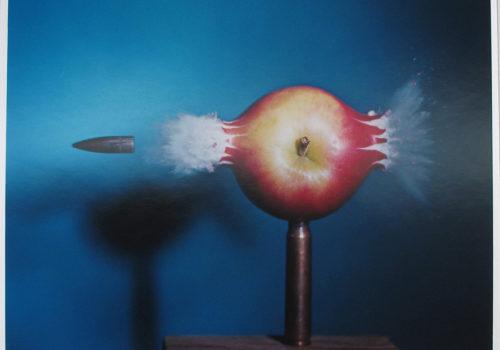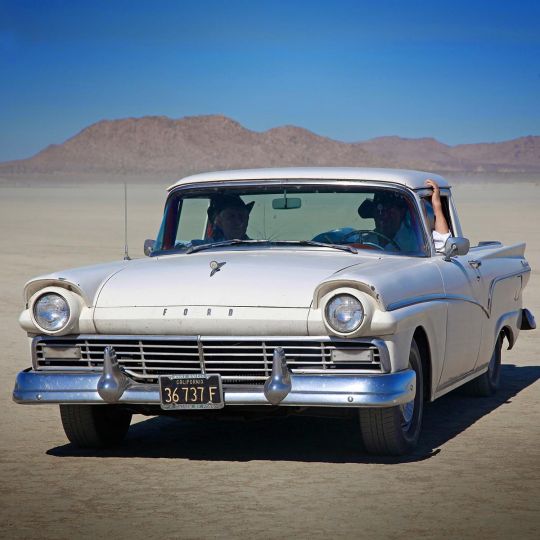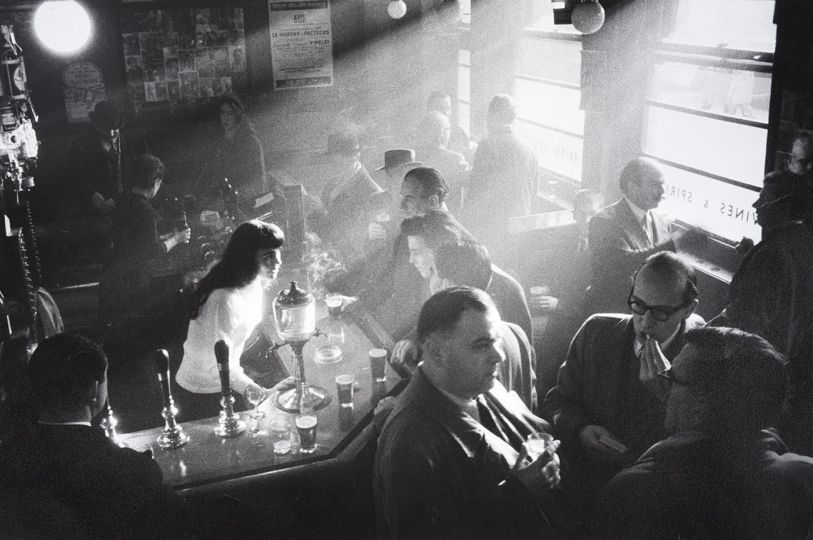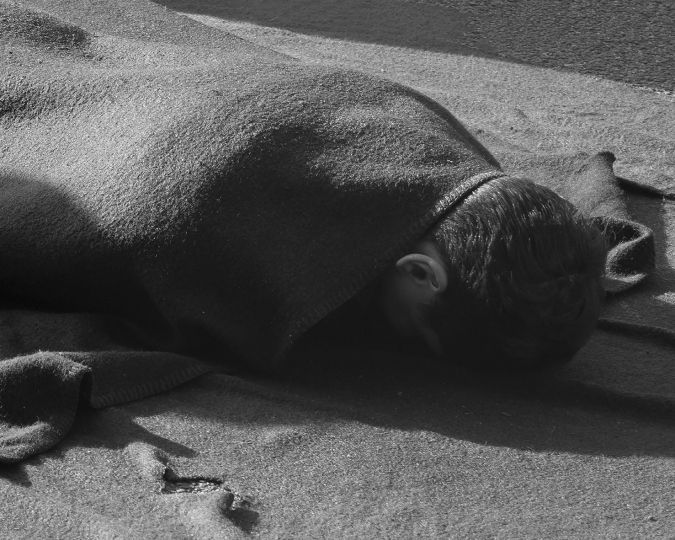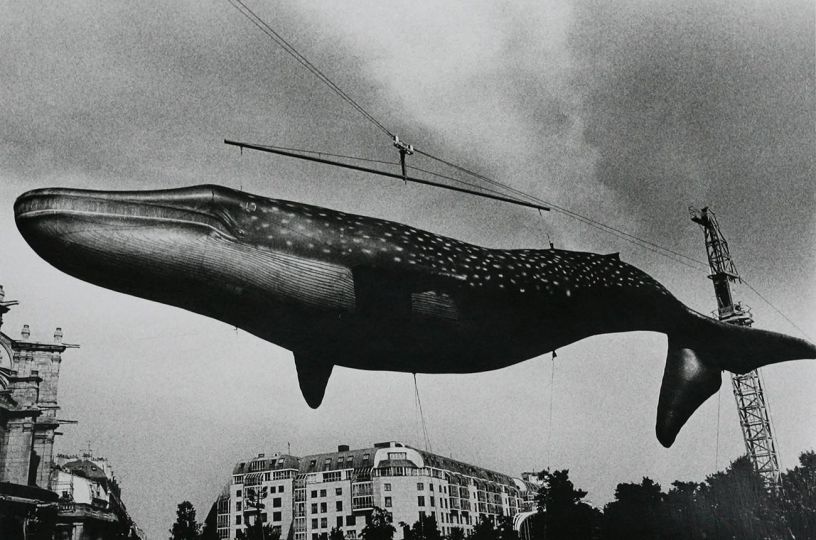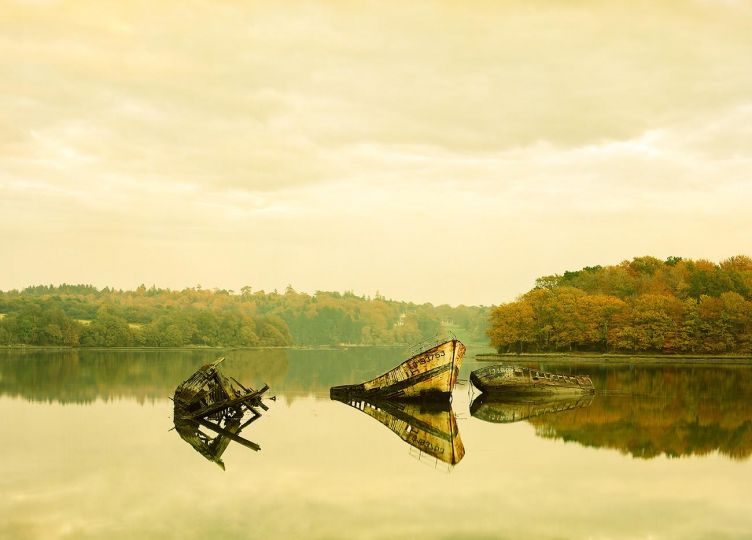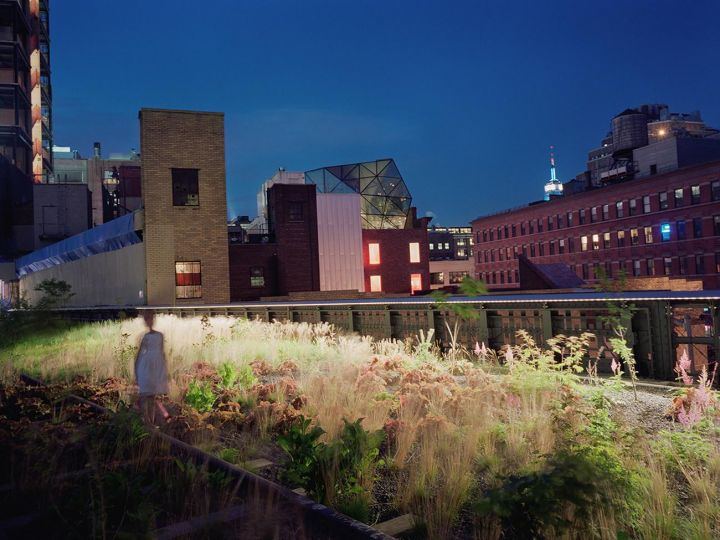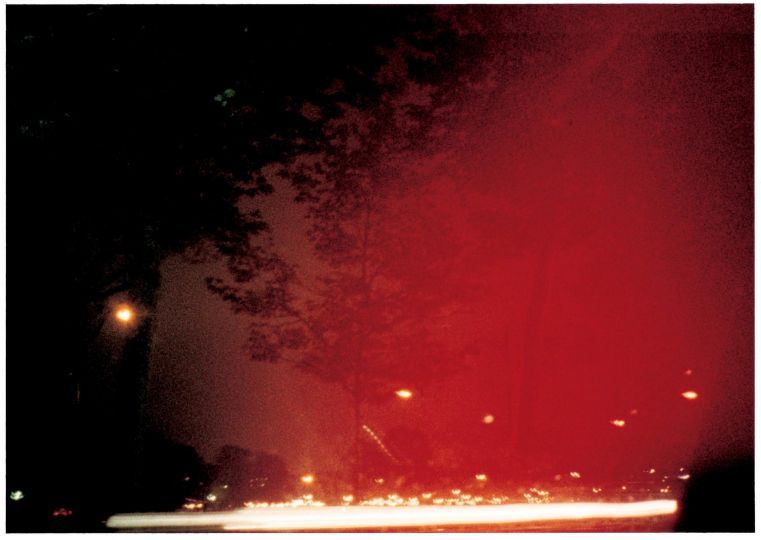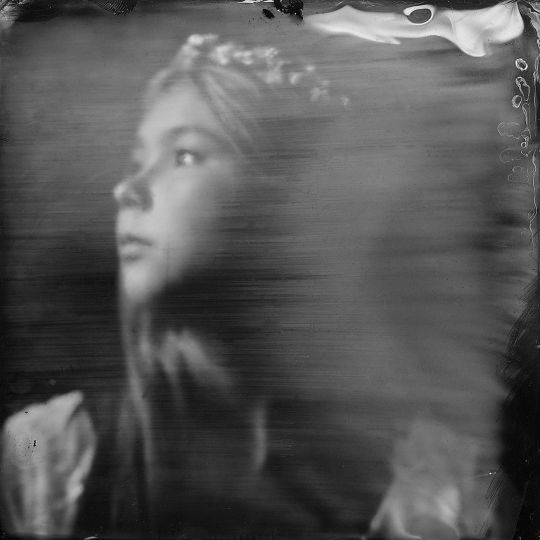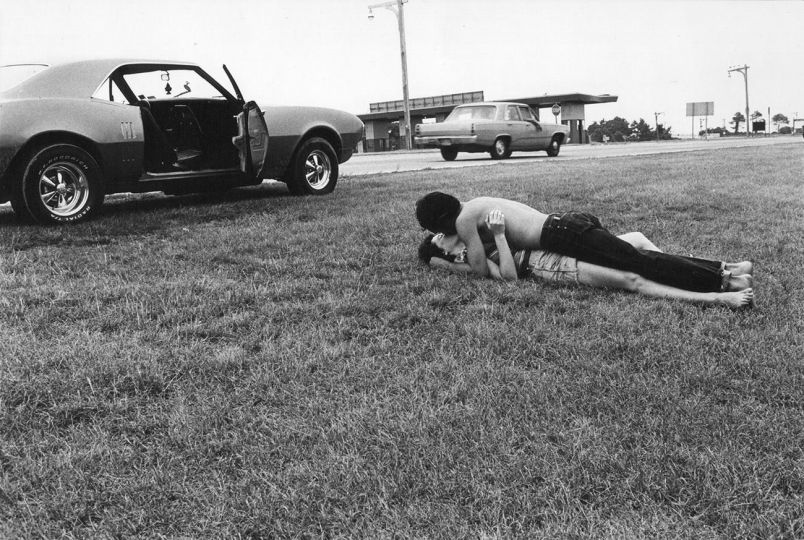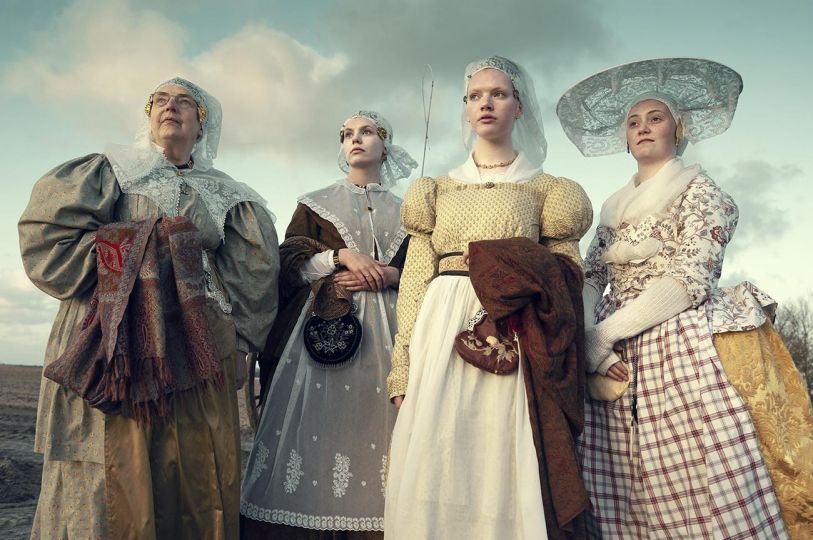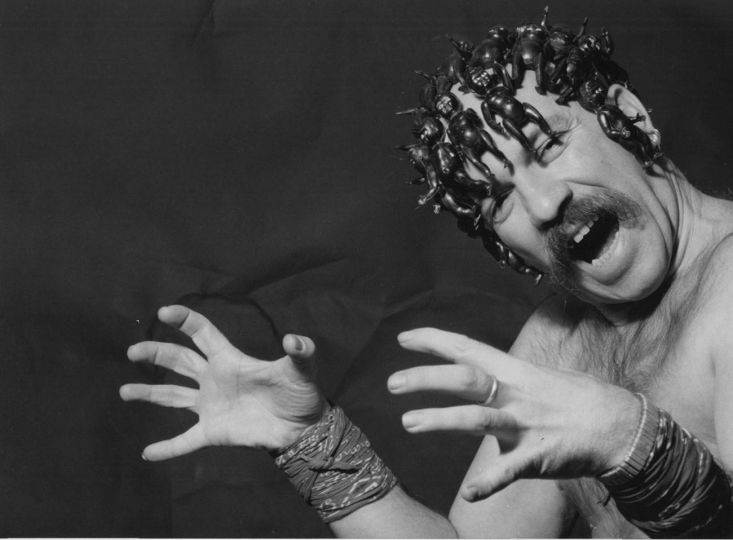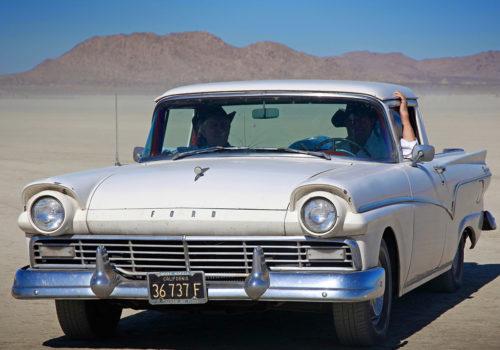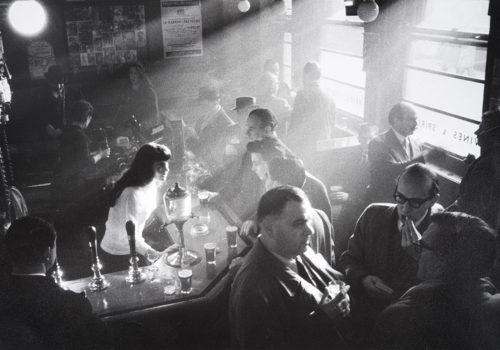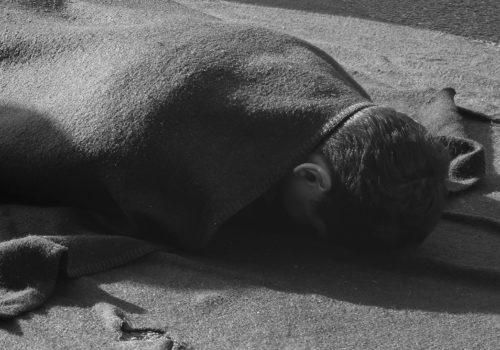Haverford College presents Eadweard Muybridge and Harold Edgerton: The Poetics of High-Speed Motion Photography, an exhibition of forty-eight photographic objects selected from the Fine Art Photography Collection. The exhibition’s centerpiece is works by Edward Muybridge (1830-1904) born in England and Harold Edgerton (1903-1990) born in Fremont, Nebraska. Both made important contributions to the art and science of photography that changed our fundamental understanding of reality.
Photography means writing or drawing with light; the ability to create memetic images solely by the action of light. This process -part science and part art- was greeted with much enthusiasm and wonder upon its introduction in 1839 by its co-inventors, Louis Jacques Mandé Daguerre (1787-1851) in France and William Henry Fox Talbot (1800-1877) in England.
The Daguerreotype named after its inventor was a one-of-a-kind image produced on a copper plate. The Talbotype or Collotype was a paper positive made from a paper negative. Neither of these photographic methods had the ability to stop motion or to capture the unseen. Both were impeded by the slowness of the emulsion to interact with light resulting in exposures of many seconds in the creation of the first photographs. This slowness limited early photographic subject matter to still-lives made in the studio or to scenes of nature or architecture made outdoors. After much experimentation both the Daguerreotype and the Collotype where able to capture the likeness of a person by the mid – 1840s.
Muybridge’s corresponding use of the following photographic technological innovations in the 19th century included the invention of shutters, anastigmatic lenses, light meters and the standardization of the manufacture of this equipment and material made it possible for him to invent a 12-camera setup in 1872 that made sequential photographs of animals and people moving in rapid succession at the University of Pennsylvania from 1883-1887. Sequential photography was the precursor to Thomas Edison’s invention of the Kinetograph camera in 1890 and the Kinetoscope, which projected moving images, in 1892.
Harold Edgerton (1903-1990) continued the evolution of highspeed motion photography in the 20th century. His principal contribution was the use of the stroboscope to study the movement of electric motors while a graduate student at the Massachusetts Institute of Technology beginning in 1925 and culminating in his doctorate in 1931. The stroboscope generates brief, repeated bursts of light, which allow an observer to view ultra-fast, moving objects in a series of static, images, rather than a single continuous blur. By synchronizing strobe flashes with the motion being examined then taking a series of photos through an open shutter at the rate of many flashes per second, Edgerton invented ultra-high-speed and stop-action photography in 1931. His film Quicker’n a Wink won an Oscar in 1940 for Best Short Subject. The film about Edgerton’s work in stroboscopic photography was one of the ways that the public was introduced to this new method of photography.
The publication of Flash in 1939 by Edgerton was another instance of introducing stroboscopic photography to a wider public during the centenary of the invention of photography. It was a how to book as well as a theoretical book about the use of this new tool. Between 1933 and 1966, Edgerton applied for forty-five patents for various strobe and electrical engineering devices. He obtained a patent for the stroboscope- a high-powered repeatable flash device- in 1949. By harnessing the speed of light to make ultra-high-speed and stop-action photography, Edgerton was able to photograph the speed of a bullet at mid-flight.
Both Edgerton and Muybridge made possible photography’s ability to capture the unseen at the spur of a moment, which became the ethos of photography for much of the 20th century. Photographers such as Henri Cartier-Bresson, Brassai, Larry Fink and Lisette Model photographs are based on this way of seeing. Key images by the photographers mentioned above and books, manuscripts and pamphlets by Muybridge are included in the exhibition to provide insights into this most important transition in the technology and esthetics of contemporary photography.
Eadweard Muybridge and Harold Edgerton: The Poetics of High-Speed Motion Photography
February 13 to April 26, 2025
Jane Lutnick Fine Arts Center
Atrium Gallery
Department of Fine Arts
Haverford College
370 Lancaster Ave.
Haverford, PA 19041
610 – 896- 1267
https://www.haverford.edu/fine-arts/news/eadweard-muybridge-and-harold-edgerton-poetics-high-speed-motion-photography

